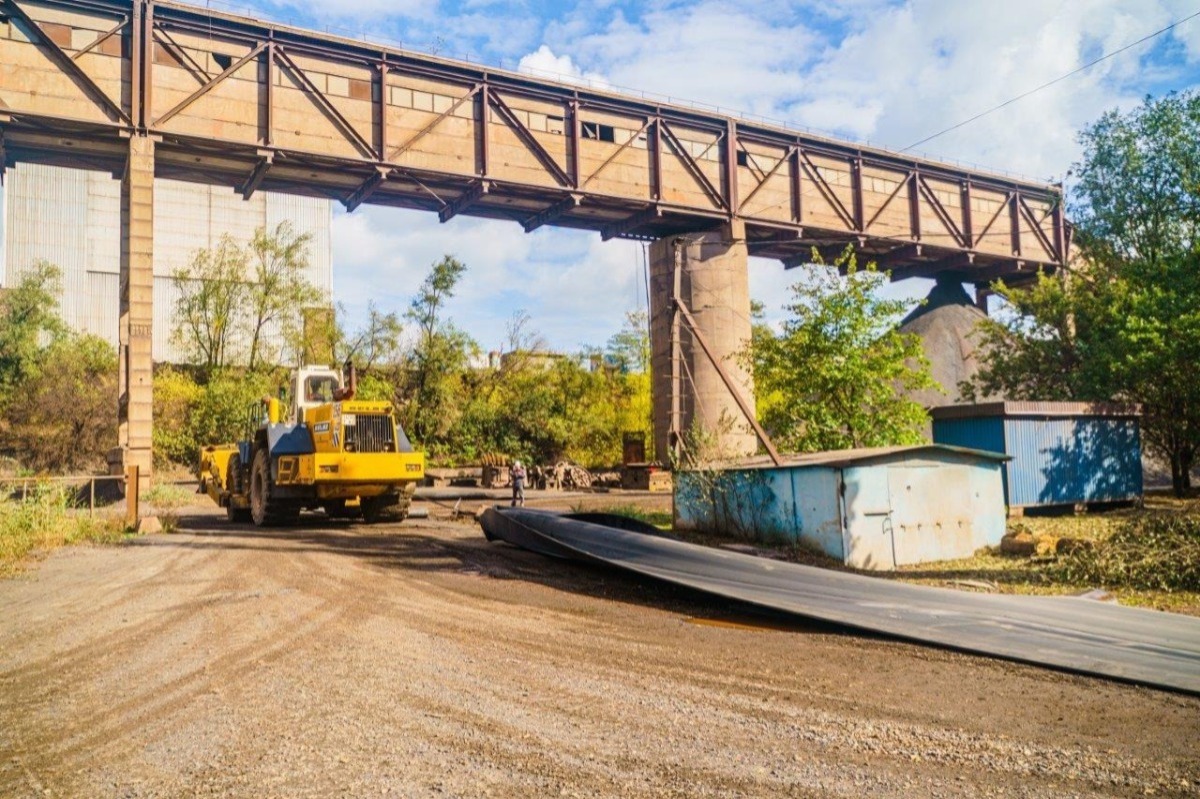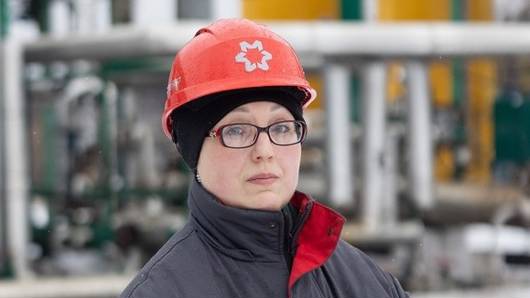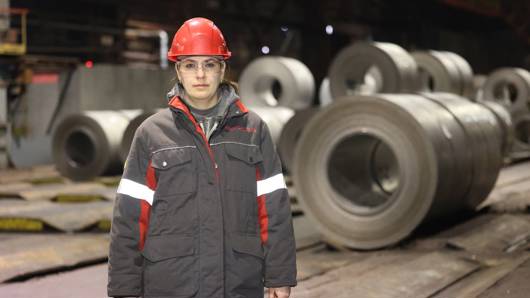Scheduled preventative repairs were performed at Central GOK during a 26-hour shutdown of the crushing plant's 1st stage to avoid unplanned downtime.
Conveyor belts at the crushing plant are the main blood vessels that are used for transportation of the iron ore from one crushing stage to the next one. Any breakdown can disrupt the production schedule and impact the efficiency of the entire enterprise. The upgrade of the conveyor belt of the plant's 1st and 2nd stages is conducted every 3 years at the Central GOK's crushing plant. This time, 1st stage was shut down for a little more than a day for repairs. The primary goal of the planned shutdown is the replacement of the transportation belt on the K-1 conveyor. While this task is familiar to the specialists, it requires precise calculations and careful planning.


"We started our preparation for the belt replacement in advance. At first, we had to merge three parts of the belt together. As the K-1 conveyor is one of the two longest at the plant, we needed a belt 600 metres long and 2 metres wide. The work was done using two heavy-duty forklifts. While moving, they pulled the worn belt and put a new one on the conveyor. It sounds simple enough, but in practice, it's much more complicated. The K-1 conveyor starts at the 1st-2nd underground crushing stage at a depth of -29 meters, passes through three buildings, and exits at the highest point of the 3rd-4th crushing stage at an elevation of +30 meters. Everything needs to be precisely calculated and monitored to ensure the work runs smoothly," said Oleksandr IVASHURA, head of the Central GOK's crushing plant.
Thanks to the specialist team engaged in scheduled preventive repairs at the crushing plant, the conveyor belt of the K-1 conveyor was successfully installed. The repair works were finished an hour earlier than planned. Experts noted that at full capacity, the belt conveyor of the 1st stage of the crushing plant will be able to transport 2.8 thousand tonnes of ore per hour.









